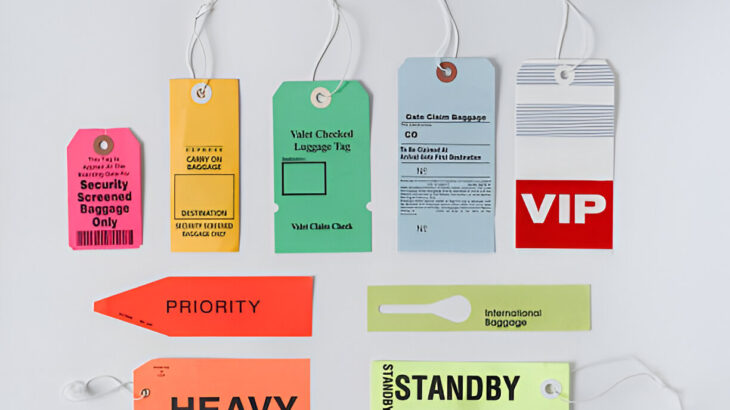When you think of Airline Compliance and Safety Standards, you might picture airplanes soaring through the sky or the friendly flight attendants welcoming you aboard. But have you ever thought about the important labels that help keep everyone safe? Labels might seem small, but they play a big role in making sure that airlines follow safety rules and keep passengers secure.
What Are Airline Labels?
Airline labels are special tags or stickers that provide important information. You can find them on luggage, inside airplanes, and on equipment used by airline workers. These labels can show everything from weight limits to emergency instructions. Let’s take a closer look at how these labels help maintain safety and compliance in the airline industry.
Helping Passengers
One of the most common places to see labels is on luggage. Every suitcase has a label that includes your name, flight number, and destination. This helps airline workers make sure your bags end up in the right place. If a bag gets lost, the label makes it easier to track it down.
Inside the airplane, you’ll find labels that explain safety procedures. For example, there are labels that tell passengers how to buckle their seatbelts or where the emergency exits are located. These labels are important because they provide clear instructions in case of an emergency, helping everyone know what to do quickly.
Keeping Planes Safe
Labels aren’t just for passengers; they are also crucial for the safety of the airplane itself. On every aircraft, you’ll find labels on emergency equipment, like fire extinguishers and first-aid kits. These labels indicate how to use the equipment and remind flight attendants to check that everything is in good working order.
Additionally, airplanes are inspected regularly to ensure they are safe to fly. Mechanics rely on labels that provide information about maintenance schedules and repair history. These labels help ensure that every part of the airplane is functioning properly before takeoff.
Following the Rules
Airlines must follow strict rules set by government agencies to ensure safety. Labels help them do this. For example, there are regulations about how much luggage can weigh and what items can be taken on board. Labels help airlines keep track of these rules. They might have warnings about hazardous materials or instructions on how to handle certain types of cargo.
If an airline doesn’t follow these regulations, they could face serious consequences, including fines or losing their license to operate. Labels help ensure that all the necessary information is communicated clearly, helping airlines stay compliant with the rules.
Conclusion
In summary, labels play a vital role in the airline industry. They help passengers by providing important information about their luggage and safety procedures. They also ensure that airplanes are maintained properly and that airlines follow safety regulations. Next time you fly, take a moment to notice those small but mighty labels—they’re working hard to keep you safe in the sky!
